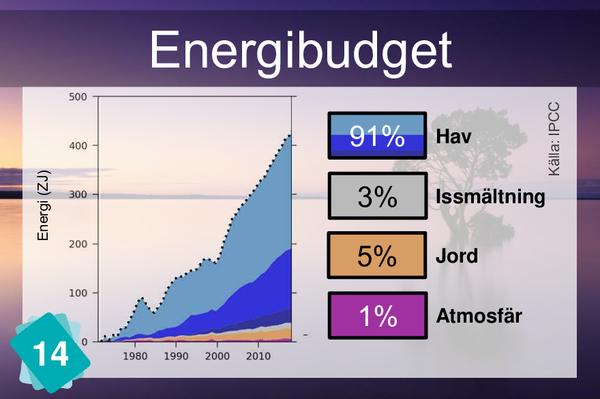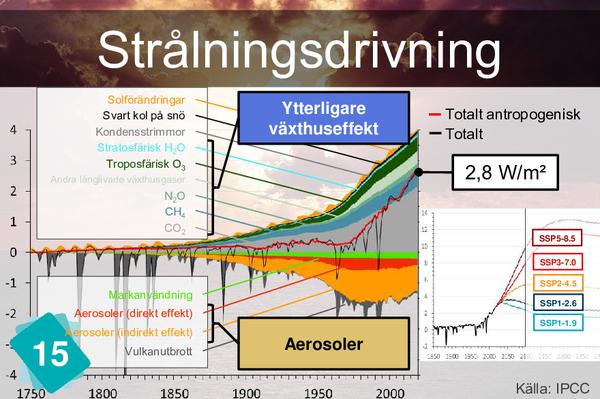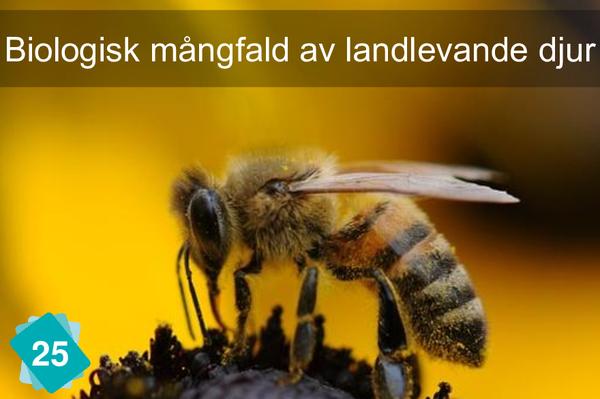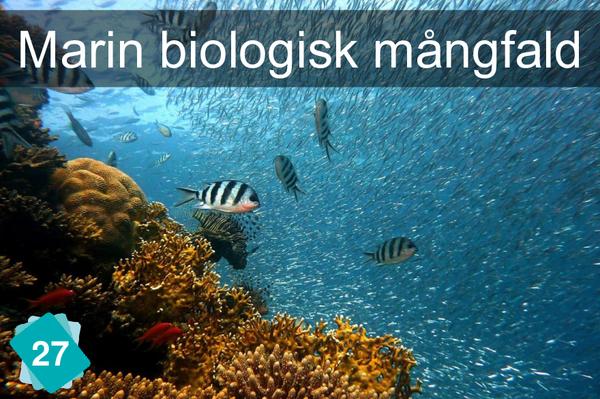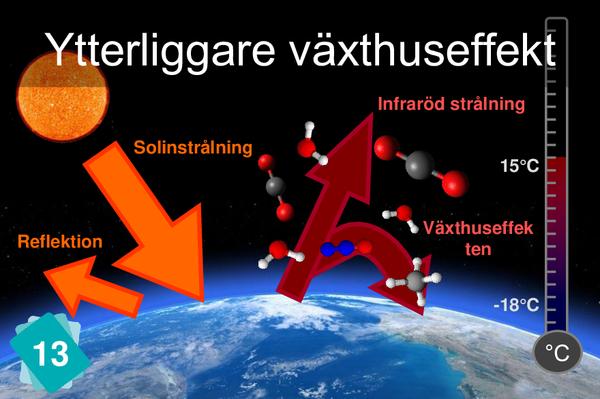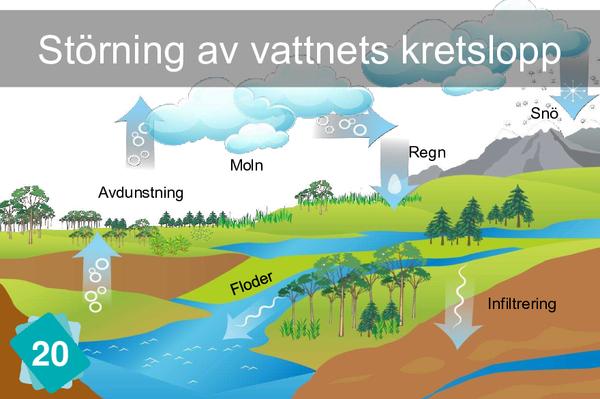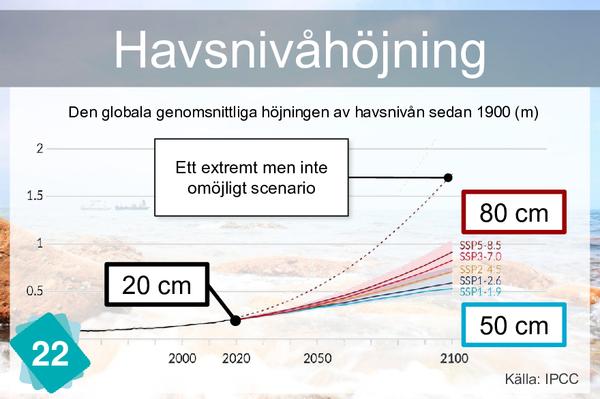18 - Smältning av havsis
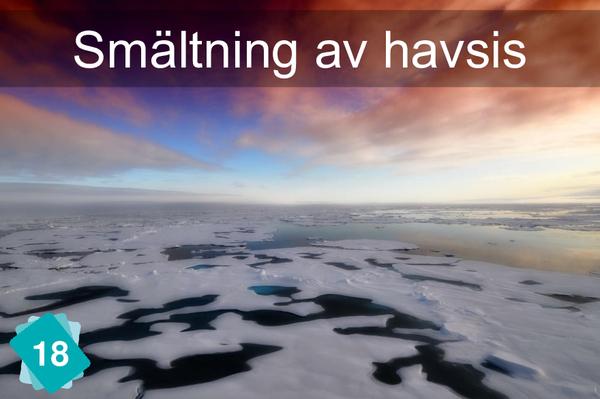
✏️ Den här förklaringen är ännu inte tillgänglig på ditt språk, du kan fylla i detta Google-formulär för att hjälpa oss!
Is flyter i vatten. Isen tränger undan en viss volym vatten under ytan - denna volym vatten väger lika mycket som isblocket. (Arkimedes [1]) När isen har smält (till vatten) upptar vattnet därför samma volym som den del av isen som var under ytan. Därför höjs inte vattenytan vid smältning. På grund av att havsvatten är salt fryser det vid något lägre temperatur än sötvatten och havsis bildas när havsvattnet har en temperatur under -1,8°C[2]. Havsis bildas när havsvatten fryser och innehåller salt, men saltet stöts delvis ut när havsisen bildas. Havsis består därför av relativt rent sötvatten, medan området kring ishyllan består av saltare havsvatten. Detta har konsekvenser för havscirkulationen och marina ekosystem i polarområden. Havsis finns i Arktis och Antarktis och följer en säsongscykel. Den smälter delvis på sommaren och fryser till igen på vintern. Sedan slutet av 1970-talet har det dock skett en minskning av mängden havsis[3]. Man uppskattar att vid slutet av seklet kan havet vid polerna vara helt isfritt på somrarna.
1Orsak
3Andra möjliga konsekvenser
När isen smälter, ersätts den vita isen av mörkblått vatten som har en lägre albedo. Albedo är ett mått på ett objekts förmåga att reflektera ljus (ett svart objekt har ett albedo på 0, en spegel har ett albedo på 1 och jorden har ett genomsnittligt albedo på 0,31). Således absorberar jorden mer energi och värms upp. Detta är en förstärkande återkoppling. Denna relation är inte nödvändig, men vissa deltagare som är lite experter kommer att tänka på det.
KÄLLOR: AR6 WG1 7.4.2.3: ytalbedo (s970) // AR6 WG1 Figur 7.10: återkoppling s996 (979) // AR6 WG1 Tabell 7.10: återkoppling s995 (978)
Den stackars isbjörnen är en kraftfull symbol för klimatet. Om spelare gör denna koppling, föreslå att de ritar en björn!
3Fel konsekvenser
Här finns en förväxling med albedoeffekten. Den vita havsisen som smälter lämnar plats för en mycket mörkare yta och den absorberade energin värmer upp jorden. Denna mekanism kallas albedo och har inget att göra med växthuseffekten. Det påverkar de orange pilarna på kort 13 och inte de röda pilarna.
Smältningen av Arktis havsis, men även smältningen av Grönlands glaciärer kan i en avlägsen framtid störa den termohalina cirkulationen (som skapar Golfströmmen). Men observera att kortet 'Vattnets kretslopp' inte alls hänvisar till den termohalina cirkulationen.




